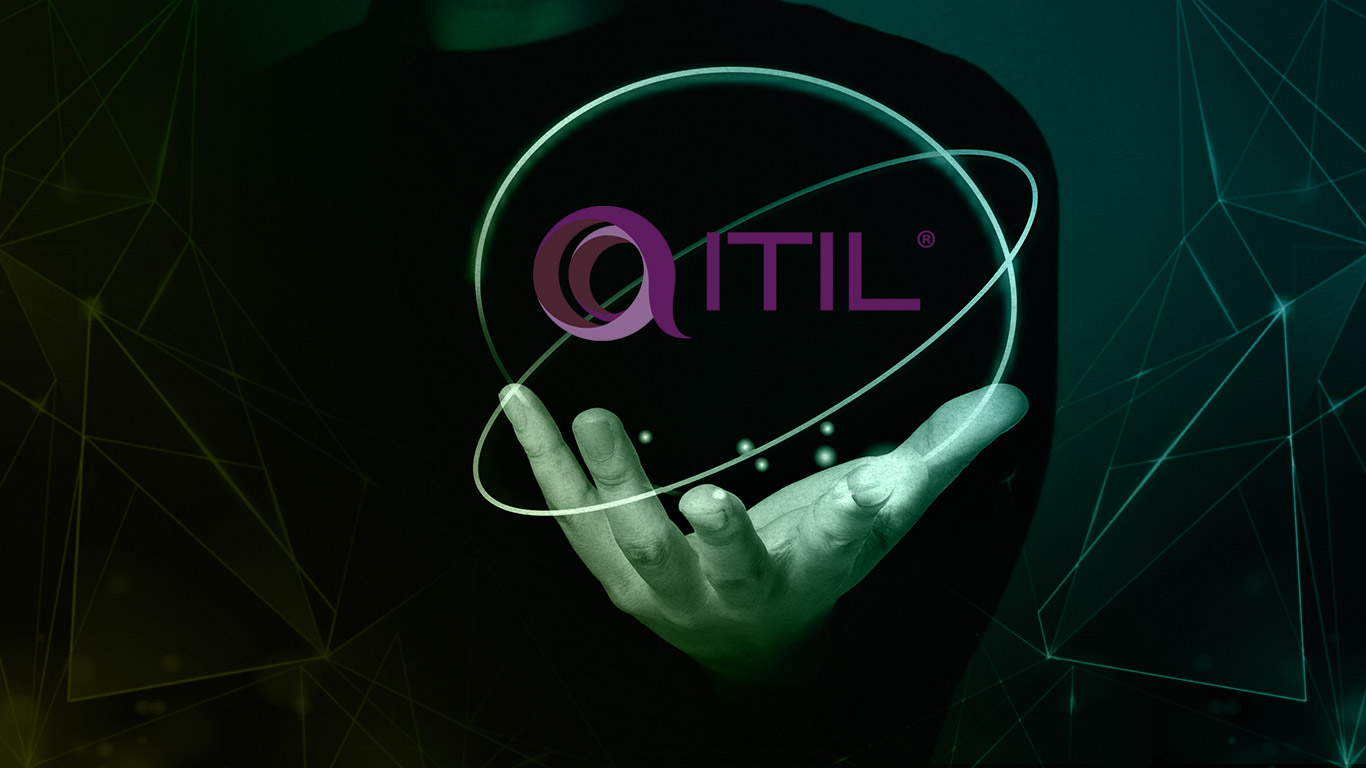
Crafting Successful Digital Transformation with ITIL® Leader: Digital and IT Strategy
Friday, 17 March 2023
Digital transformation has become a key focus for many organizations as they seek to remain competitive in an increasingly digital world. One of the most critical components of digital transformation is the development of a comprehensive digital and IT strategy.
Creating successful ITIL® Leader requires a strategic framework that aligns with the objectives and goals of the organization. This framework should focus on developing the necessary skills and knowledge that ITIL® leaders need to lead and manage IT service delivery effectively. It should also include a clear understanding of the organization's ITIL® implementation roadmap and the key performance indicators that ITIL® Leader will be responsible for achieving. The framework should provide a comprehensive training and development program for ITIL® Leader, including mentoring, coaching, and on-the-job training. This will enable them to develop the necessary leadership, communication, and problem-solving skills required to manage IT service delivery successfully.
A well-crafted digital and IT strategy is essential in guiding the organization through the various stages of digital transformation, from identifying opportunities to implementing digital solutions that deliver business value. In this essay, we will explore how ITIL® Leader can help organizations craft a successful digital transformation strategy.
ITIL® Leader should be able to provide organizations with a set of best practices for managing IT services and aligning IT with business goals. ITIL® Leader takes ITIL® principles and extends them to the entire organization, focusing on the importance of collaboration between IT and other business units.
Why ITIL® Leader needs to align IT infrastructure with business goals?
In this way, ITIL® Leader can develop a roadmap for the digital transformation, implement the digital solutions and manage the change that will accompany the transformation. This involves ensuring that the new digital solutions are integrated with the existing IT infrastructure, as well as providing training and support for employees.
When crafting a successful digital transformation strategy, ITIL® Leader should define the scope of the transformation and develop a strategic roadmap. Thus, organizations can create a digital transformation strategy that delivers business value and positions them for success in a rapidly evolving digital world
References:
Korachi, Z., Bounabat, B. (2022). IT Management and Governance Framework for Formulating a Digital Transformation Strategy. In: Kacprzyk, J., Balas, V.E., Ezziyyani, M. (eds) Advanced Intelligent Systems for Sustainable Development (AI2SD’2020). AI2SD 2020. Advances in Intelligent Systems and Computing, vol 1418. Springer, Cham. https://doi.org/10.1007/978-3-030-90639-9_39
Langa, Mthandeni. Marnewick, Carl. (2017). Adapting IT Management for Effective IT Strategy Leadership. International Association for Management of Technology IAMOT 2017 Conference Proceedings.
Hinkelmann, K., and Pasquini, A. (2014). Supporting Business and IT Alignment by Modeling Business and IT Strategy and its Relations to Enterprise Architecture. Second International Conference on Enterprise Systems, pp. 149‐154. Shanghai: IEEE Computer Society.
Silvia Ratna, Saide Saide, Herzavina Herzavina & Didi Muwardi (2023) A preliminary model analysis of knowledge management design: spiritual leadership on knowledge worker productivity, Technology Analysis & Strategic Management, 35:3, 270-285, DOI: 10.1080/09537325.2021.1973665